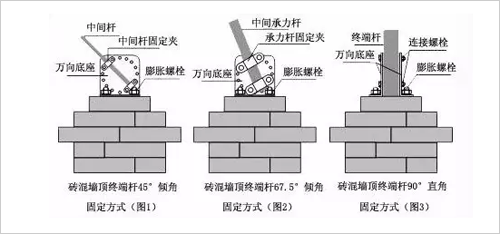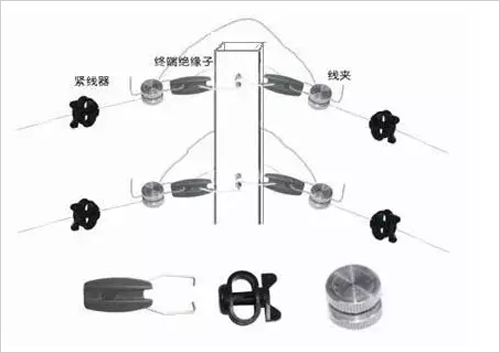

Description: Back-up rolls for cold strip mill, Forged Steel Back-Up Rolls is mainly used in 4 Hi and 6 Hi mills, the diameter of roll barrel can be 350mm-1500mm.
Material: Forged Steel, Chromium 3% , Chromium 4%, Chromium 5% or as per the customer`s requirement.
Barrel Diameter: 1500mm maximum
Unit weight: 25mt/pc
Type: Single rolls, forging.
Cold Mill Back-Up Rolls,Forged Steel Back-Up Rolls,Cold Mill Roll,Cold Mill Work Roll
Shijiazhuang BKDR Metallurgical Science & Technology Co.,Ltd , https://www.bkdrtech.com